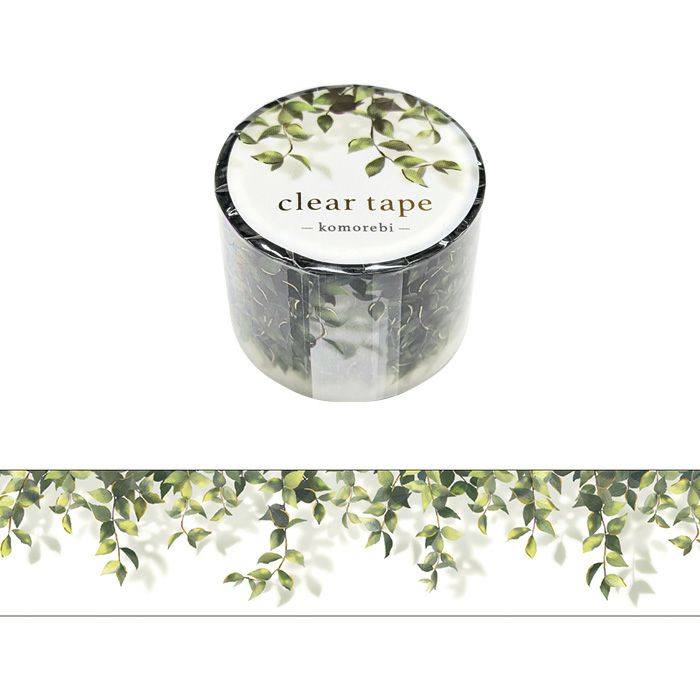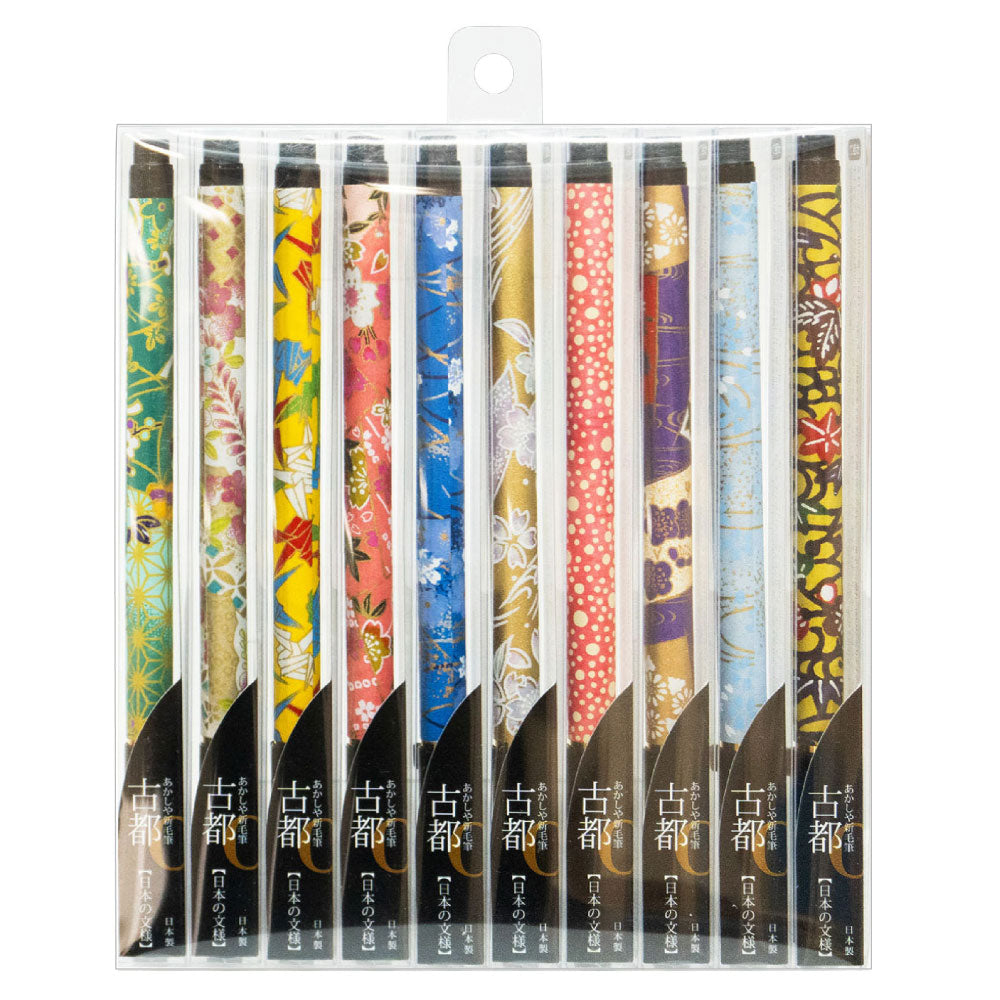A Sweet Memory: Our Wagashi Workshop Experience in Kyoto
Dreaming of Tokyo has always been more than just a business — it's a space to share the inspiration, beauty, and quiet joy we've found in Japan.
One of the most memorable experiences from our travels was a wagashi-making workshop we took part in during a trip to Kyoto back in early 2018. We joined the class at Kanshundo, a cosy little spot tucked away in Kyoto’s historic Higashiyama district. The experience has stayed with us — the quiet focus, the detailed artistry of each handcrafted sweet, and the soft scent of matcha lingering in the air. (If you're planning your own trip to Kyoto, there are many wonderful wagashi workshops available throughout the city — a quick search will lead you to several hands-on options.)

Above: A photo of our finished make (with lots of help from the tutor!) - They almost look too nice to eat - but we couldn't resist!
Below: The shop exterior - a traditional building on two floors - downstairs had a little shop selling wagashi and other Japanese confectionery - meanwhile we took our class in a room upstairs.

What Is Wagashi?
Wagashi (和菓子) are traditional Japanese sweets, often served with tea and crafted to reflect the seasons. More than just confectionery, wagashi are miniature works of art — inspired by nature, poetry, and centuries of cultural tradition.
Each variety has its own story and symbolism, from the petal-like folds of nerikiri to the delicate, translucent layers of yokan. Our class focused on making nerikiri (練り切り) — a type of wagashi made from a smooth blend of sweet white bean paste and glutinous rice flour. This pliable dough can be delicately coloured and shaped into intricate seasonal designs, such as cherry blossoms, leaves, or other motifs from nature. Nerikiri is renowned for its visual beauty and is often served during tea ceremonies to complement the bitterness of matcha.
During the workshop, we learned how to shape the nerikiri dough by hand, gently coaxing soft pastels into petal-like forms using tiny wooden tools. One of the pieces involved shaping the filling into a round ball, then carefully layering it with dozens of thin, hand-sliced dough petals — a process that was just as challenging (and satisfying!) as it sounds.
Thankfully, the teachers were warm, encouraging, and ready to lend a hand whenever needed. Despite the intricacy, we found the experience therapeutic — a calming, focused activity just moments away from the lively heart of Kyoto.

Above: Carefully applying the dough pieces to our Wagashi - looking for an even colour blend
Below: Another Nerikiri design made in a different workshop - Spring-inspired patterns often utilise the iconic symbolism of Sakura petals.

From Sweet to Stationery
That day in Kyoto continues to inspire us — and you can see it reflected in our latest wagashi-themed stationery collection.
Featuring pastel-toned washi tapes, memo pads, and flake stickers designed by Kyoto-based design house SOU.SOU, the collection captures the gentle beauty and rich Japanese tradition of wagashi with a playful, modern twist. Whether you're journaling, decorating, or simply looking for a way to bring a little sweetness into your day, we hope these pieces bring a bit of that Kyoto magic into your world too.





Leave a comment